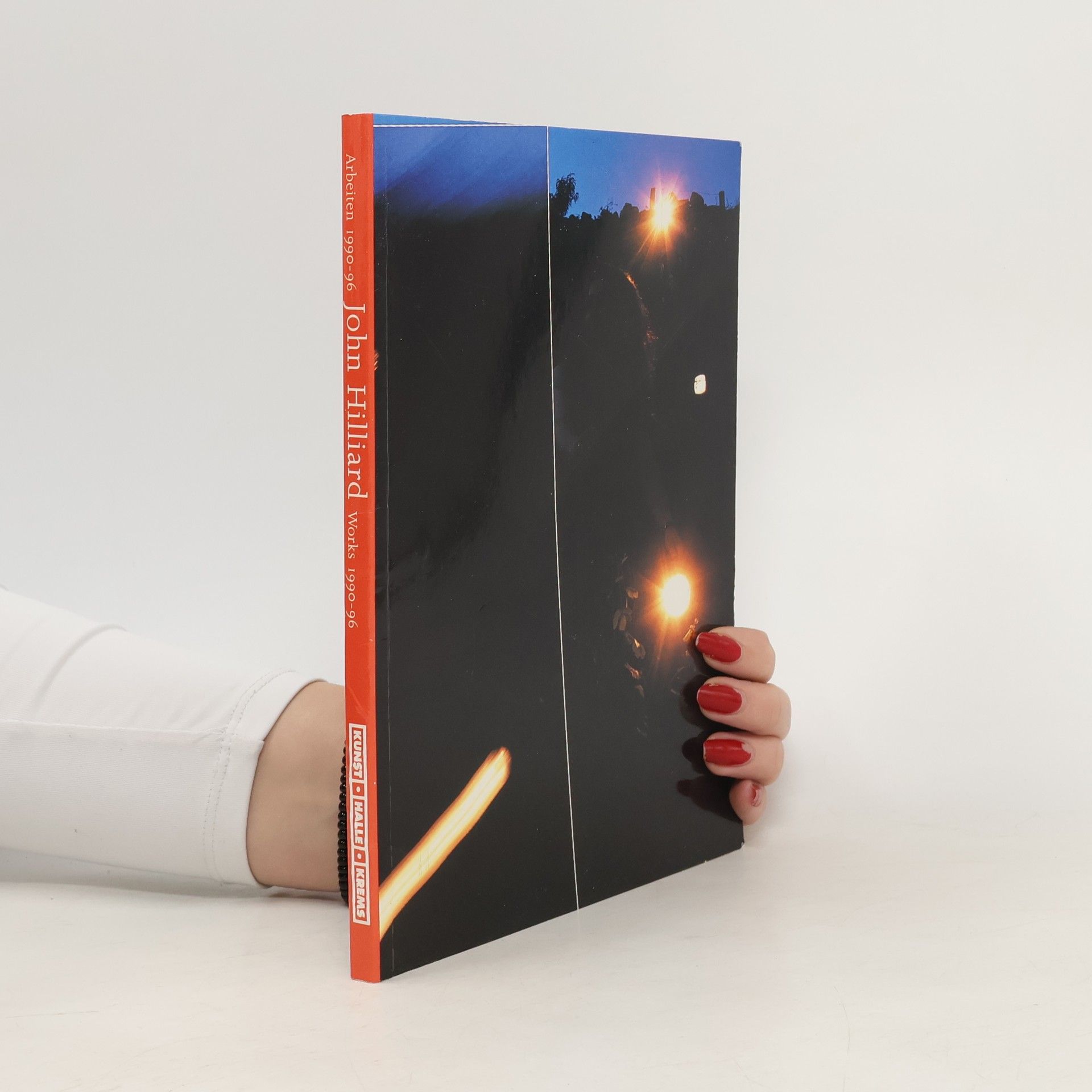The Ends of Art Criticism
- 144 stránek
- 6 hodin čtení
An engaging critical discussion of the aims and status of contemporary art criticism written by a highly respected art critic of many years' standing.


An engaging critical discussion of the aims and status of contemporary art criticism written by a highly respected art critic of many years' standing.